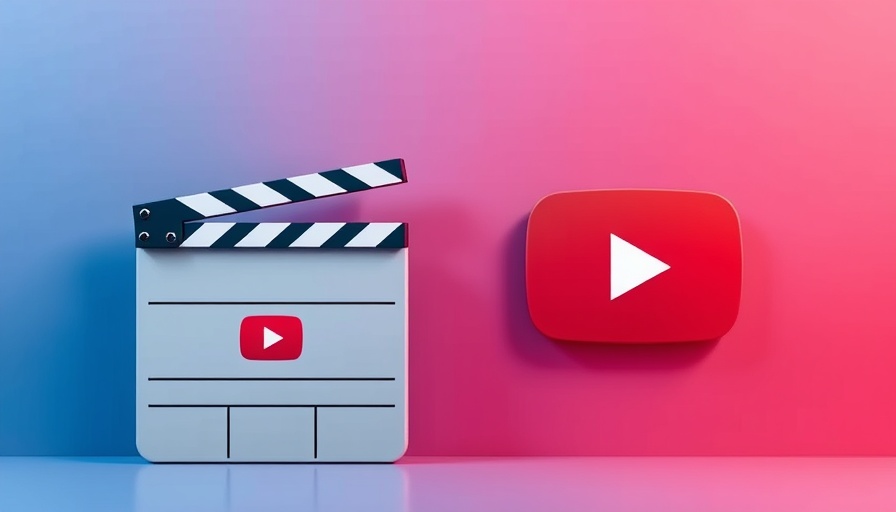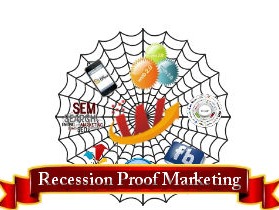
Understanding the Importance of Copyrights in Video Content
Every small business owner venturing into video content creation must grapple with the concept of copyright. It’s vital to grasp that movies and their clips are safeguarded under copyright laws, privileging the creator or owner with complete rights. This means that uploading these clips without obtaining permission could lead to serious repercussions for your YouTube channel, including potential takedowns or strikes. As such, learning how to use movie clips on YouTube without copyright is essential for safeguarding your channel while maximizing engagement.
Unlocking the Public Domain for Creative Use
One reliable path for content creators is to leverage clips that belong to the public domain. These are snippets of film whose copyright has either expired or whose creators have relinquished rights. Classic films and vintage shorts are often prime sources for this type of content, making them exceptional assets for storytelling, commentary, or reaction videos. By using public domain clips, small businesses can enrich their video content without risking copyright infringement.
Embracing Creative Commons: A Valuable Resource
Another route involves movie clips that come under Creative Commons licenses. This means the original owner has allowed reuse, usually with specific conditions such as requiring attribution. Sites like Vimeo, Archive.org, and YouTube’s own Creative Commons library are treasure troves of such resources. Before incorporating these clips, ensure you understand the terms of the license, particularly regarding necessary credits to avoid misunderstandings.
Transformative Use: The Fair Use Doctrine Explained
Fair use grants a limited allowance to reuse copyrighted content under specific circumstances, typically for critique, commentary, or educational purposes. If you can add an analytical or transformative aspect to a clip, such as commentary during a movie review, it could qualify as fair use. However, fair use is subjective and determined on a case-by-case basis, making it imperative for creators to proceed with caution.
Staying Short and Sweet: The Length Factor
To further mitigate copyright risks, limit the length of any movie clip used. Generally, keeping snippets between 5 to 10 seconds reduces the likelihood of receiving copyright strikes, especially when you pair them with your voice-over or text. Using clips only when they serve a clear purpose in your content strengthens your message and keeps your video within fair use boundaries.
Exploring Royalty-Free Alternatives
If utilizing movie clips feels too risky, consider incorporating royalty-free or stock videos into your content. Websites like Pexels, Pixabay, and Videvo offer a wealth of free video materials suitable for various themes. This strategy allows small businesses to capture dramatic or cinematic visuals without the headaches of copyright dilemmas.
The Importance of Seeking Permissions
For those who wish to use longer clips or whole scenes, the safest route is to obtain permission directly from the copyright owner. Some filmmakers and studios provide licensing options for a nominal fee. A professional approach to using movie clips will enhance your channel’s reputation while creating an enriching experience for your viewers.
The Role of Audio in Copyright Claims
Don’t overlook that many copyright claims arise from audio tracks. By muting original audio or swapping it with royalty-free music, creators can significantly decrease the chances of their content being flagged. Great resources for finding free music include the YouTube Audio Library, ensuring your soundscapes are as engaging as your visuals.
Giving Proper Credit: A Key Step
Finally, always remember that attributing creators is not just courteous—it is often legally required when you use Creative Commons content. Including credits in your video’s description box not only shields you from potential copyright claims but also builds credibility and respect within the creator community.
Conclusion: Enhancing Your YouTube Strategy
Navigating the complexities of copyright while enhancing your YouTube content does not have to feel daunting. By understanding copyright laws, using public domain and Creative Commons resources, adopting transformative use of clips, staying short and relevant, exploring royalty-free alternatives, obtaining necessary permissions, managing audio, and giving proper credit, small businesses can effectively use movie clips on YouTube without falling foul of copyright issues. Engage audiences with compelling content while protecting your channel’s integrity!
 Add Row
Add Row  Add
Add 




Write A Comment